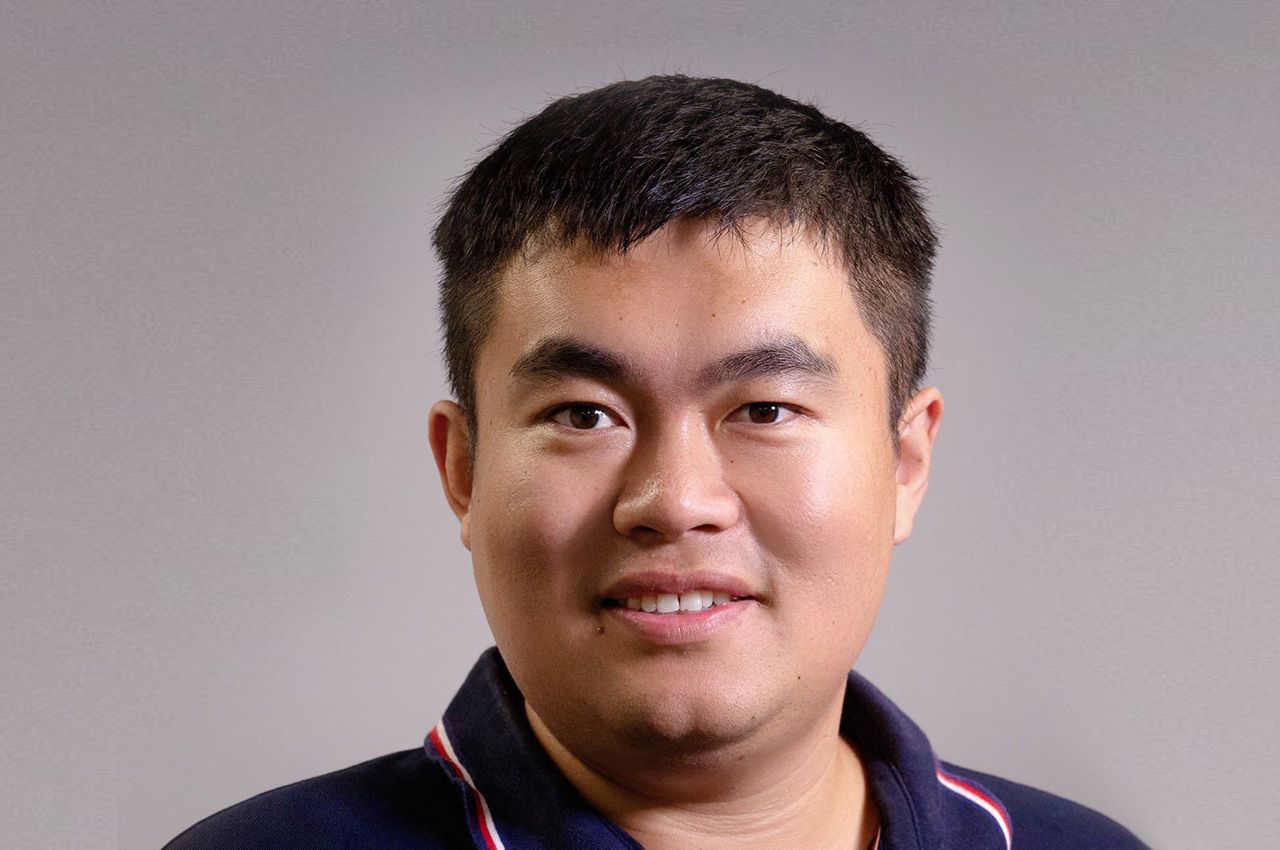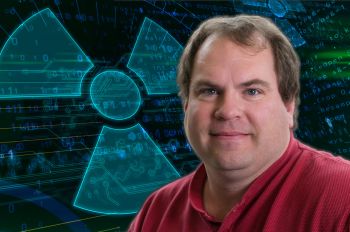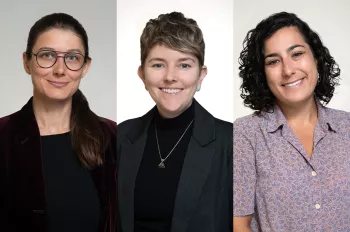Getting to the Heart of the Problem: New Research Aims to Understand Cardiac Conditions

When it comes to keeping hearts pumping, Illinois Institute of Technology Research Assistant Professor Weikang Ma continues to show that he is prepared to make a significant impact.
Ma has published a pair of papers—one in Proceedings of the National Academies of Science (PNAS) and another in PNAS Nexus—and also received a $2 million grant from the National Institutes of Health to further his research into inherited cardiac conditions since December 2023.
Both papers were published in February. The first, titled “Myosin in Autoinhibited Off State(s), Stabilized by Mavacamten, Can Be Recruited in Response to Inotropic Interventions,” was published in PNAS by Ma, Illinois Tech Professor of Biology and Physics Thomas Irving, Henry Gong (Ph.D. BIOL ’22), and a team of scientists from Bristol Myers Squibb, Cardiac Consulting, the Institute for Information Technologies, and FilamenTech. The second, titled “The Structural Off and On States of Myosin Can Be Decoupled from the Biochemical Super- and Disordered-Relaxed States,” was published in PNAS Nexus by Ma, Irving, and Gong, along with scientists from Johns Hopkins University, the University of Cincinnati, and Dalian Medical University.
The papers study a new drug called Mavacamten that is being used as a treatment for hypertrophic cardiomyopathy, a condition where the heart is overworked and becomes enlarged, potentially blocking blood flow from the heart. Ma and Irving’s research operating the Biophysics Collaborative Access Team (BioCAT) at Argonne National Laboratory was important for understanding the mechanism of this drug, which was approved by the United States Food and Drug Administration in 2022.
Mavacamten is a cardiac myosin inhibitor, meaning that the motor proteins in the heart (cardiac myosin) that are responsible for muscle contraction are shifted toward an “off” position by the drug, slowing muscle contraction and preventing the heart from overworking. Ma and his team studied the effects of Mavacamten, searching to find out if those same motor proteins being inhibited by the drug could be recalled if more activity is demanded of the heart.
“The question we had was if the heart is being inhibited, can you get the power back if you need it—for exercise, or if you’re facing a tiger?” says Ma.
The answer? A resounding yes, meaning those taking Mavacamten can exercise and live more normal lives knowing that their heart is still able to perform strenuous activity if needed.
“Those inhibitors can slow down your heart contraction when needed, but it can be recruited back,” says Ma. “Those myosins are not locked; they’re just hibernating and can be woken up.”
The $2 million grant that Ma received in December from NIH ensures that his research, which aims to better understand muscle contraction in the heart, will continue to be funded for the next five years. The grant’s goal is to find ways to mitigate the root causes of inherited cardiac diseases—such as hypertrophic cardiomyopathy—instead of treating symptoms, which most current therapies are limited to.
“We need to know how a healthy heart works to set the baseline,” says Ma. “Then, we need to see what happens when you have a mutation; you can then figure out what went wrong, and you can go back to target this problem. Instead of using a blunt instrument, you can be precise. You know the mechanism, so you can go back to design the drug to target the root cause of the problem.”
One of the most significant advances that Ma hopes is on the horizon is a treatment for dilated cardiomyopathy, a condition where the heart muscle is too weak and ultimately struggles to pump blood throughout the body.
“We are working with several collaborators to develop a heart activator,” says Ma. “When the heart cannot contract strong enough, you want to add something to make the heart contract stronger. That could be the next frontier of this field.”
For Ma, the ability to contribute to the creation of these meaningful medications early on in his scientific career, has been a gratifying experience.
“My work is already benefiting patients right now,” says Ma. “I feel really, really good that I’m part of this history to develop these drugs.
“It translates to human disease and real-world medication.”




